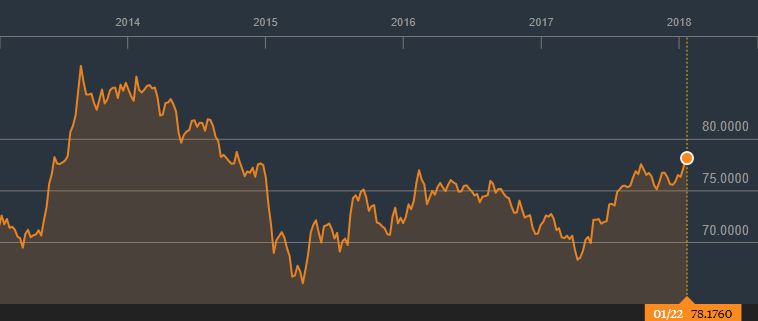Press Release: TIS Raises $20m as Demand Grows for its Leading SaaS B2B Payment Platform
| 27-05-2020 | TIS |
Our Partner TIS (Treasury Intelligence Solutions), a leading cloud platform for managing corporate payments and cash flows, announced it has raised $20 million in additional financing led by Aquiline Technology Growth, an early- and growth-stage fund managed by Aquiline Capital Partners. The round also included participation from existing investor 83North. Aquiline joins previous investors 83North, Target Partners and Zobito. Investment from Aquiline and 83North will be used to continue rapid global expansion.
The company plans to use the new funding to further accelerate product development and to scale operations in Europe and in the US, in order to meet growing international demand. Many globally recognized organizations, including Adecco Group, Bertelsmann, Hugo Boss, Fresenius, Fugro, Lanxess, ManpowerGroup, OSRAM and QIAGEN, already use TIS to standardize and analyze payment flows and to obtain liquidity overview throughout their organizations.
Click on the banner to read full press release.
TIS (Treasury Intelligence Solutions GmbH), founded in Walldorf, Germany in 2010, is a global leader in managing corporate payments. The Financial Times named TIS as one of “Europe’s Fastest Growing Companies” for 2019 and 2020. Offered as Software-as-a-Service (SaaS), the TIS solution is a comprehensive, highly-scalable, cloud platform for company-wide payments and cash management. The TIS solution has been successfully used for many years in both large and medium-sized companies, including Adecco Group, Hugo Boss, Fresenius, Fugro, Lanxess, OSRAM and QIAGEN. More than 25% of DAX companies are already TIS customers.
Your world of Payments. ONE Login.









